Power is supplied to the axial fan, typically through an electric motor. The electric motor drives the rotation of the industrial axial flow fans blades, providing the necessary energy for the industrial axial flow fans to function. This rotation can be either clockwise or counterclockwise, depending on the design.
As the blades rotate, they create a pressure difference in the surrounding air. This pressure difference causes air to be drawn in from the front or inlet side of the industrial axial flow fans. The blades of the industrial axial flow fans are angled or twisted, which helps to accelerate the incoming air.
The accelerated airflow moves in the axial direction, parallel to the axis of rotation. The airflow passes through the industrial axial flow fans housing or casing, which guides and directs the air along its path. The blades of the industrial axial flow fans continue to propel the air forward, increasing its velocity.
As the air passes through the industrial axial flow fans, it comes into contact with heat-generating components, such as electronic devices or heat exchangers. The air absorbs heat from these components, helping to dissipate and remove the excess heat. The heated air is then expelled from the outlet side of the industrial axial flow fans into the surrounding environment, completing the cooling process.
Overall, In Xie Heng Da axial fan factory, the working principle of an axial fan involves the rotation of blades to create airflow, drawing in cooler air, accelerating it in the axial direction, and expelling the heated air to maintain proper temperatures and prevent overheating.
Axial cooling fans vs Centrifugal cooling fans
Cooling fans play a crucial role in dissipating heat from various devices and systems, ensuring optimal performance and preventing overheating. Two primary types of cooling fans are widely used: axial fans and centrifugal fans. While both serve the same purpose, they differ significantly in construction, working principle, applications, and performance metrics.
Construction:
Axial fans feature a propeller-like design, with blades arranged in a circular array around a central hub. They pull air parallel to the shaft and are relatively simple in construction. On the other hand, centrifugal fans, also known as radial fans, employ a more intricate design with curved blades that direct air perpendicular to the shaft, causing air to change direction as it passes through the blades.
Working Principle:
Axial fans operate based on the principle of axial flow, where air moves in a straight line parallel to the fan's axis. Centrifugal fans utilize radial flow, where air enters the fan axially but exits radially due to the curved blade design.
Applications:
Axial fans are well-suited for applications that require high airflow rates at relatively low pressures, such as cooling electronic components, HVAC systems, and small ventilation systems. Centrifugal fans are better suited for situations demanding higher pressures and more efficient air movement, including industrial ventilation, air conditioning units, and forced draft in boilers.
Air Delivering Capacity and Air Pressure:
Centrifugal fans typically generate higher air pressures than axial fans, making them suitable for scenarios where air needs to be pushed through long ducts or overcome resistance. Axial fans, while delivering larger volumes of air, are less effective at generating high pressures.
Operating Speed and Power Consumption:
Axial fans usually operate at higher speeds than centrifugal fans due to their design. However, centrifugal fans tend to be more energy-efficient as they can deliver substantial airflow at lower speeds, resulting in lower power consumption compared to axial fans.
Size and Air Volume:
Axial fans are generally more compact and can handle large volumes of air efficiently. Centrifugal fans are bulkier due to their curved blade design and are suited for applications where space permits.
Operating Conditions:
Axial fans excel in environments with low to moderate resistance, such as open spaces or simple duct systems. Centrifugal fans perform well in environments with higher resistance, such as complex ductwork or systems with filters and dampers.
Applications of axial cooling fans
Square axial fan benefits and applications
Square axial fans are a type of axial cooling fan characterized by their compact size and square or rectangular shape. These fans find applications in various industries due to their versatility and efficiency. Some key benefits and applications include:
Compact Design: Square axial fans are designed to fit into limited spaces, making them ideal for installations where space is a constraint.
Cost-Effective: Their simple design and ease of manufacturing contribute to cost-effective solutions for cooling and ventilation needs.
High Airflow: Despite their compact size, square axial fans can generate significant airflow, making them suitable for applications requiring efficient heat dissipation.
Lower Power Consumption: These fans often operate at moderate speeds, resulting in lower power consumption while maintaining effective cooling.
Electronics Cooling: Cooling fans are commonly used in electronic devices and components to prevent overheating. They are found in computers,servers,industrial communication, and other IT equipment.
Appliances: Many household appliances, such as air conditioners, refrigerators, and ovens, incorporate square axial fans to regulate temperatures and ensure efficient operation.
Automotive Cooling: These fans help cool radiators and engine compartments in vehicles, contributing to optimal engine performance and preventing overheating.
Industrial Equipment: Various industrial processes require cooling, and square axial fans are employed in machinery, processing equipment, and control panels.
LED Lighting: LED lights generate heat, and square axial fans are used to dissipate this heat, enhancing the longevity and performance of LED fixtures.
Axial fan benefits and applications
Axial fan benefits and applications include:
Compact and Efficient: Axial fan blowers provide a balance between compact design and improved air pressure, making them suitable for applications with limited space and moderate pressure requirements.
Increased Air Pressure: The curved blade design of axial fan allows them to generate higher air pressure.
Directional Airflow: The airflow direction can be adjusted with these fans, making them adaptable to various ventilation and cooling setups.
Industrial Ventilation: Axial fan blowers are used for exhaust and supply air in industrial facilities, providing efficient ventilation to remove pollutants, fumes, and heat.
Commercial Kitchens: Axial fan blowers aid in exhausting smoke, steam, and odors from commercial kitchens, ensuring a safe and comfortable environment for kitchen staff.
Process Cooling: In manufacturing and processing industries, axial fan blowers help manage heat generated during production processes.
Building Pressurization: These fans are utilized to maintain positive pressure in buildings, preventing the infiltration of dust and contaminants.
Axial exhaust fans benefits and applications
Axial exhaust fans are specialized axial fans designed primarily for expelling air from an enclosed space. Their design allows for efficient air movement in one direction, making them suitable for various exhaust applications. The benefits and applications of axial exhaust fans include:
Efficient Airflow: Axial exhaust fans are optimized for expelling air from a space, ensuring effective ventilation and air exchange.
Easy Installation: These fans are relatively easy to install, making them a practical choice for both retrofit and new installations.
Low Maintenance: With simple designs and fewer moving parts, axial exhaust fans generally require less maintenance.
Bathroom and Kitchen Ventilation: Axial exhaust fans are commonly used in residential settings to remove moisture, odors, and pollutants from bathrooms and kitchens.
Commercial Ventilation: They find applications in commercial buildings, such as offices and retail spaces, to maintain indoor air quality and remove stale air.
Parking Garages: Axial exhaust fans aid in maintaining proper air circulation and removing exhaust fumes and pollutants from enclosed parking structures.
Industrial Ventilation: In industrial settings, these fans are utilized to extract heat, fumes, and contaminants generated during manufacturing processes.
Agricultural Ventilation: Axial exhaust fans help maintain a healthy environment in agricultural buildings by expelling odors, dust, and humidity.

 EN
EN 
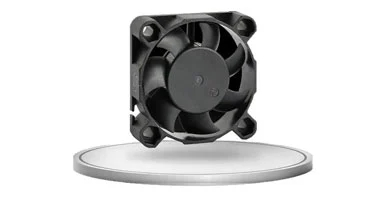 +
+
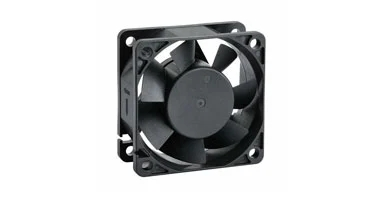 +
+
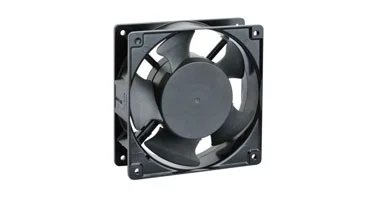 +
+
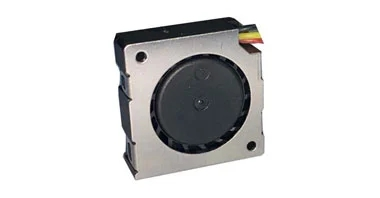 +
+
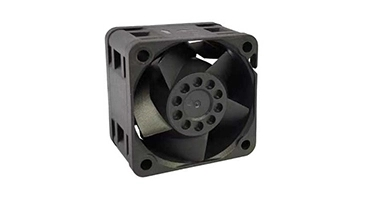 +
+
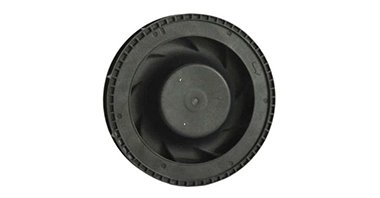 +
+




